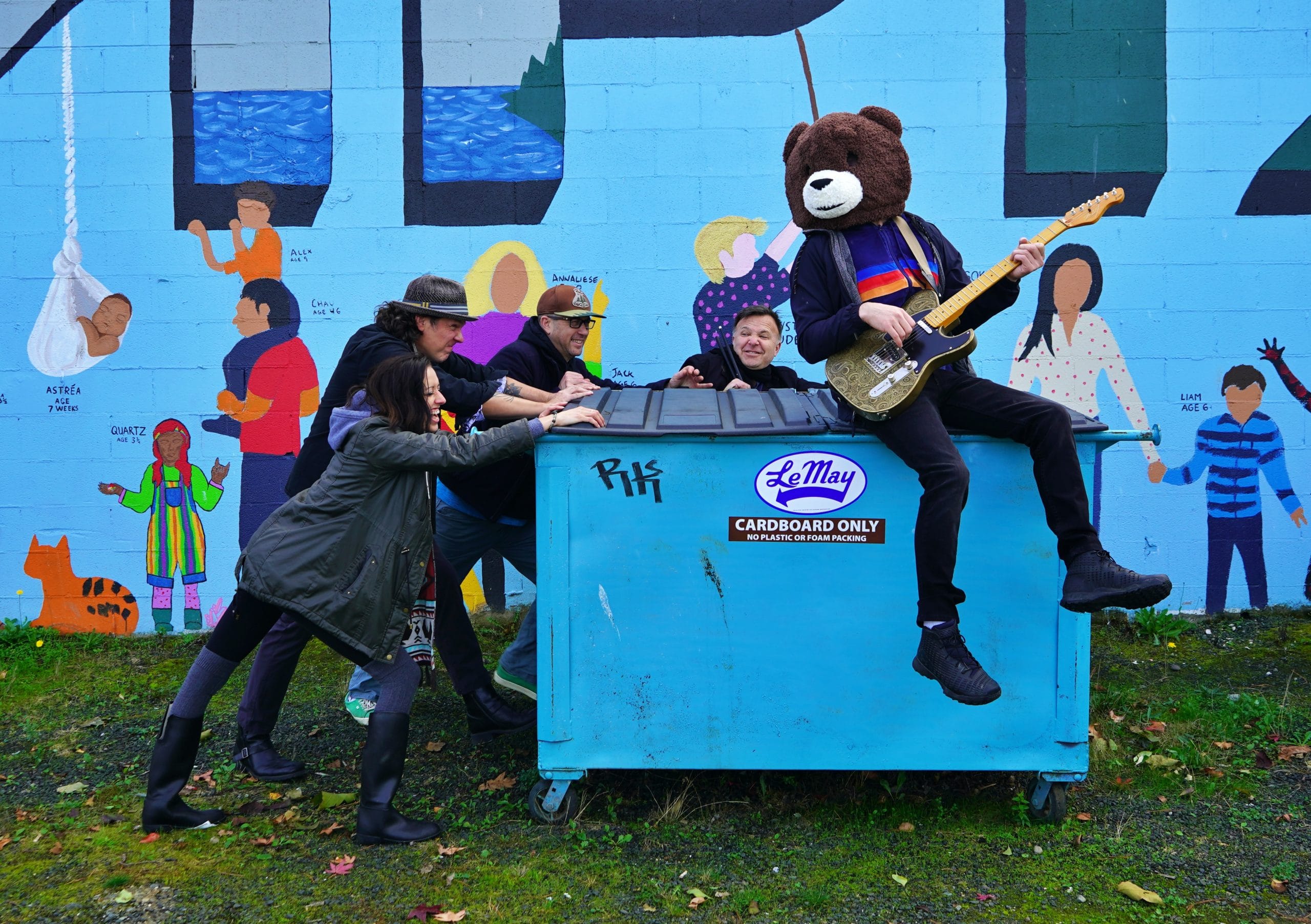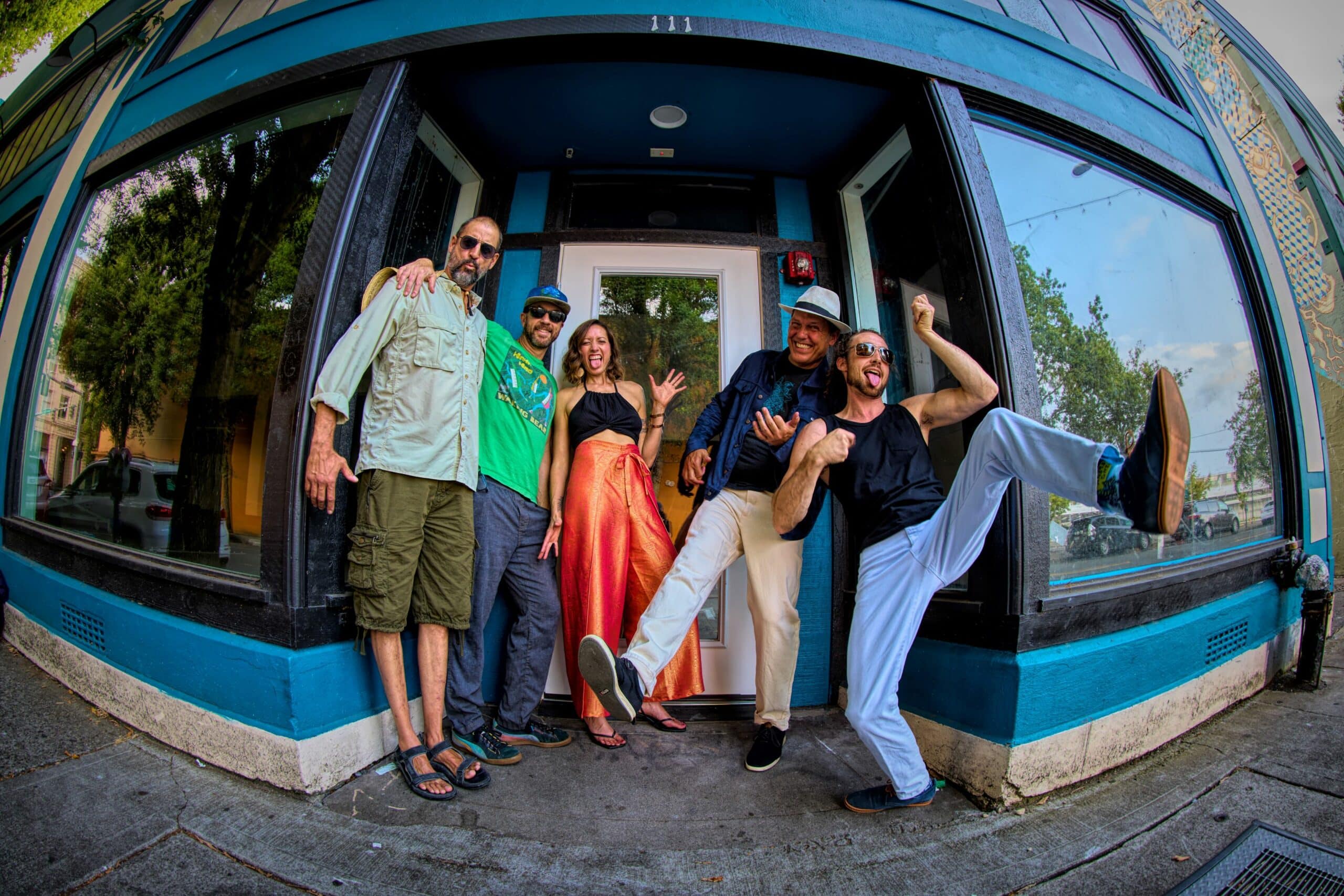Mermaids and Merfolk: Myth and Fact
The topic of mermaids is rife with claims, not all of them true. Such is the nature of things when cryptozoology and mythology mix, and it can become hard to decipher what is myth and what is fact.
This is especially hard given information can be true about the myths of mermaids without mermaids being real. So it gets confusing pretty quickly.
So let’s answer some common questions about mermaids and merfolk. Hopefully, we can shed some light on the subject.
Have there been credible mermaid sightings?
This is a fact. There have been numerous accounts throughout time and cultures. Even in the last 100 years, there are many examples: dam workers in Zimbabwe, Japanese soldiers in Indonesia, and tourists in Israel.
All of those previous examples have been covered in greater depth in another article, but it is important to note here that each example involves many eyewitnesses with corroborating details.
Did people used to widely believe in mermaids?
This is a fact. In the Middle Ages, the existence of mermaids was not considered controversial in Europe. Today, many cultures in the world still hold this view.
The scientific community, however, is firmly in the camp that mermaids are not real and never were.
Did P.T. Barnum have actual mermaid remains?
This is a myth. The Feejee Mermaid, as the greatest showman called the display, was concocted by a Japanese fisherman sometime in the 19th century. The fisherman attached the upper body of an orangutan and a salmon to produce a 36 inch work of taxidermic art.
It changed hands a few times over the years before becoming a centerpiece Barnum attraction. The curious public would pay 50 cents a piece to see the strange creature, often remarking how hideous this mermaid was compared to the stories they’d read of beautiful women sunning their fish tail on the shore.
Did Christopher Columbus see mermaids?
This is a fact potentially mixed with a myth. Christopher Columbus did record seeing mermaids off the coast of Haiti in his diary, but many historians believe he actually saw manatees.
Are mermaids considered dangerous?
This is half a fact. Most cultures do consider mermaids dangerous. From the Kai Islands to the Greek peninsula, people have considered mermaids everything from bad omens to downright murderous beings.
It’s important to remember that many cultures that view mermaids as dangerous also view them as a real species that you might encounter. So while most modern day depictions of mermaids center around their charm and beauty, if you do see one, it might be best to head back to port.
Is The Little Mermaid movie based on a darker story?
This is a fact. Hans Christian Anderson was a Danish author living in the 19th century who produced some of the most beloved fairy tales we know today. He wrote “The Emperor’s New Clothes,” “Thumbelina,” “The Red Shoes,” and “The Little Mermaid” to name only four of his major accomplishments.
But when Disney adapted his story of an aquatic human, they knew they’d need to change things up a bit — Anderson’s version is considerably darker than the typical Disney fare.
In Anderson’s “The Little Mermaid,” the protagonist experiences excruciating agony when using her new legs. Nevertheless, the Prince falls in love with her but then marries another woman. The mermaid is given a knife to murder the Prince, but she can’t bring herself to slay him and instead leaps back into the water. She turns into sea foam, having transformed into a spirit. She is told that she must commit kind acts for humans over the next 300 years before she can ascend to Heaven.
So, yeah, it’s a bit darker.
Are there different kinds of mermaids?
This is a fact. In Western cultures, we typically think of mermaids and merfolk as having a humanoid upper body and a fish-like tail for a lower body. But there are many other creatures that we include in the term that don’t look like that.
For instance, the Orang Ikan of the Kai Islands have a fully humanoid body with fish features — namely, their mouth and teeth, pink colored skin, webbing between their fingers and toes, and spiky protrusions along the neck.
Did the National Ocean and Atmospheric Administration (NOAA) say mermaids don’t exist?
This is a fact. In 2011, Animal Planet aired a documentary called Mermaids: The Body Found. It presented controversial claims in a documentary-style presentation, leading many viewers to believe it to be legitimate information.
While the film does hint that the claims of the mermaid seekers aren’t proven and are highly speculative, the NOAA felt compelled to make an official statement on mermaids. One imagines this was probably the most bizarre day at the agency for everyone involved.
You can read their statement here.
Separating Myth and Fact
As we can see, the mermaid question is filled with hoaxes, developing stories, half-truths, credible sightings, and dire warnings. This strange mixture plays a large part in the public’s fascination with mermaids.
It’s hard to know what to make of everything, but only if you need to have all the answers. Maybe the fun of it all isn’t in finding out the truth but in not quite knowing. If that’s the case, then mermaids and merfolk are certainly a lot of fun.
[mysocial]






























